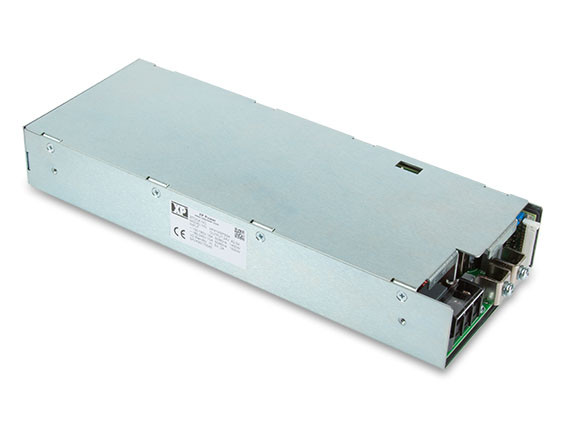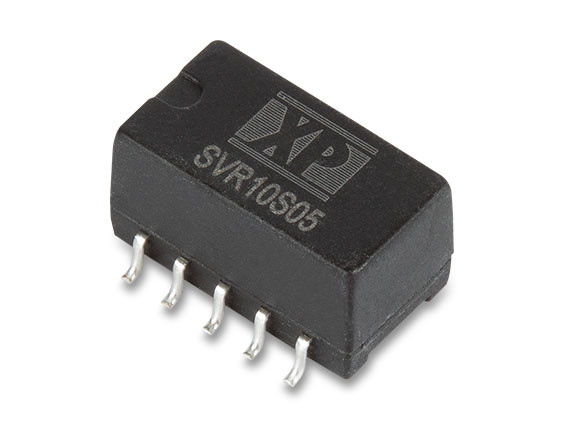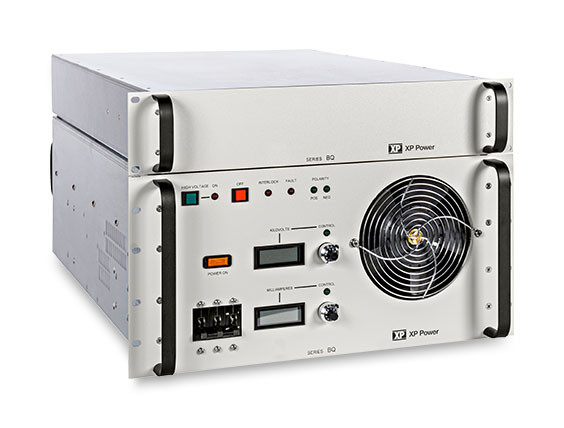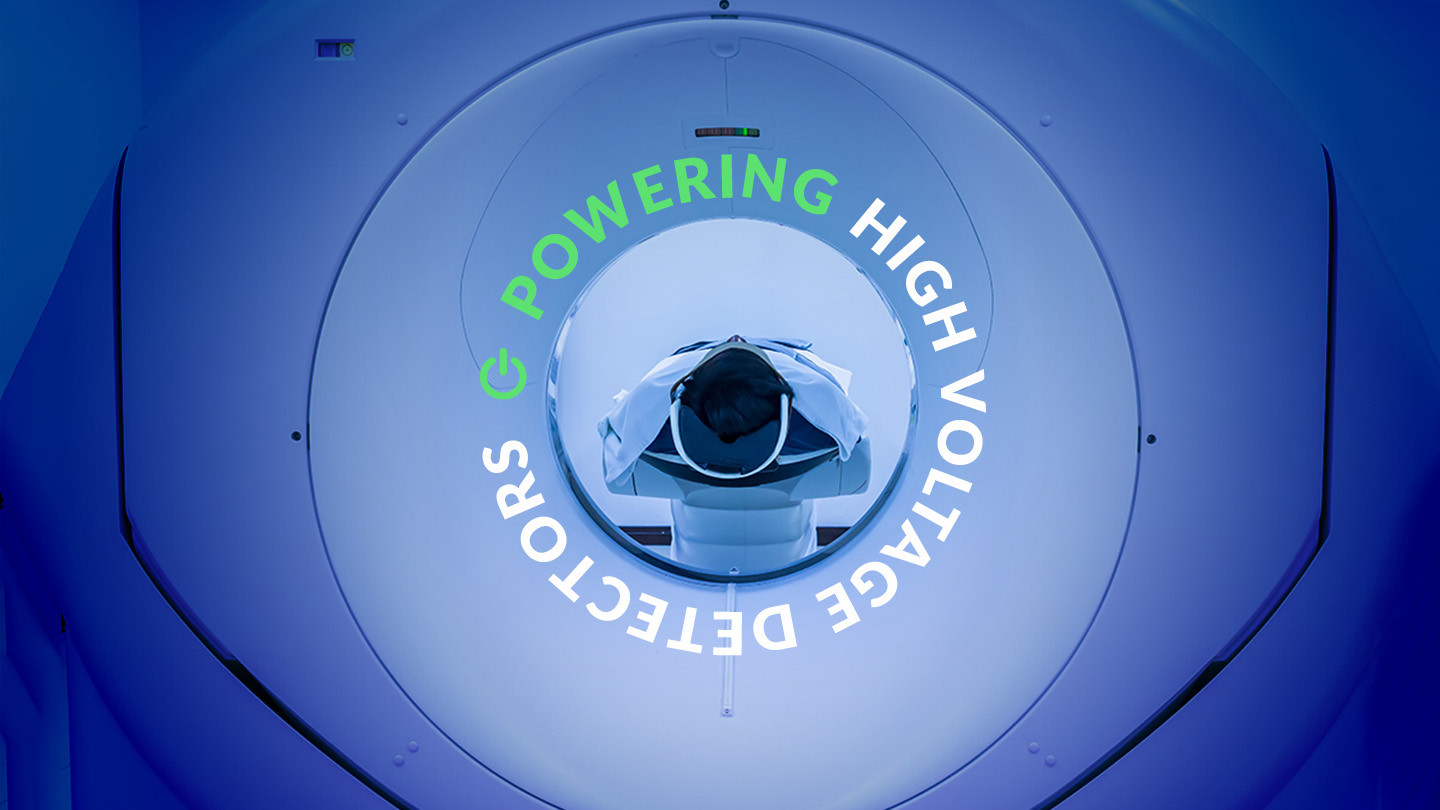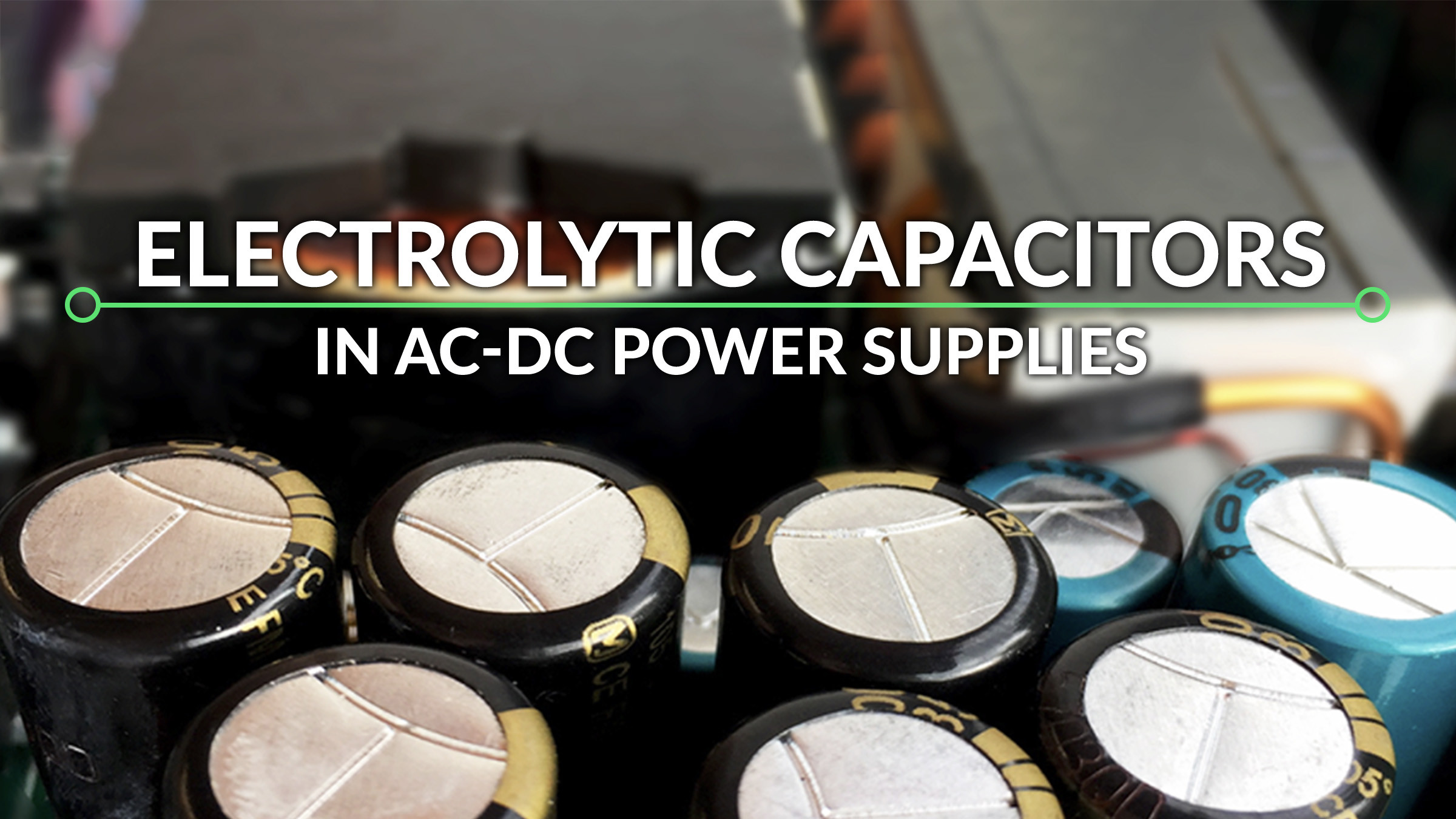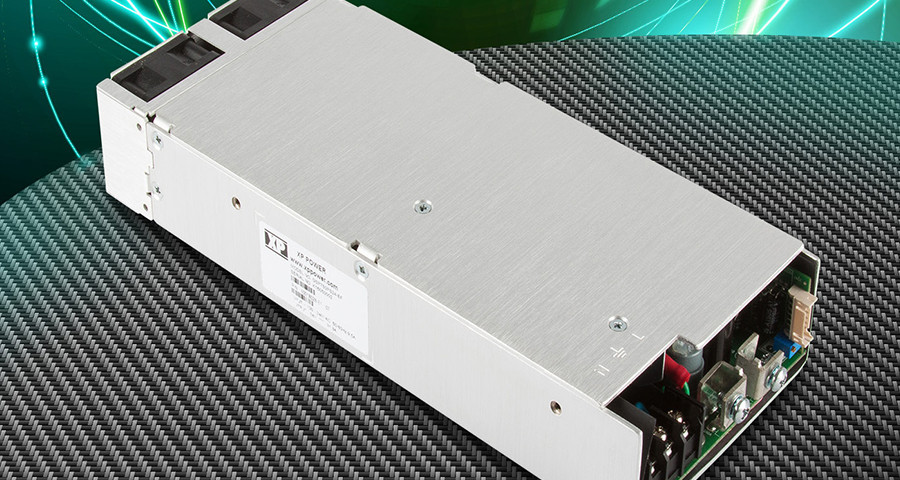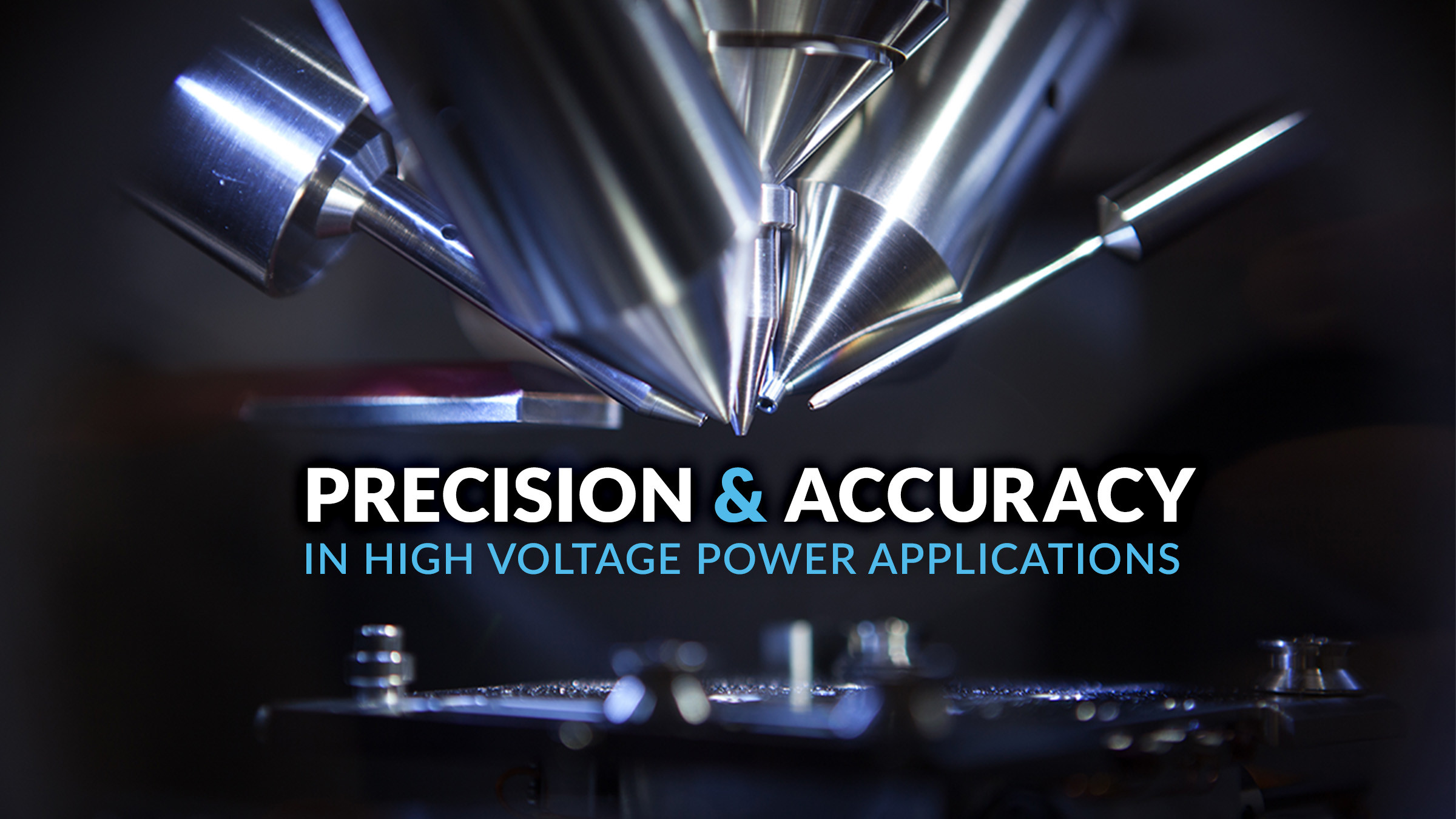
Maynard Floyd, Director of Product Management for High Voltage Products, looks at how XP Power has grown its high voltage offering and capabilities to help customers solve a range of design challenges.
Overview
- High voltage power is behind some of the world’s most impactful technology
- The semiconductor, healthcare, industrial and other industries depend on high voltage power solutions for precision, accuracy and repeatability in a small size package
- Designers need technical design capabilities and support from their high voltage power supply provider
Smaller, faster, better. That’s the holy grail for electronics designers. Take semiconductors for example. Recently, IBM revealed the world’s first 2-nm node chip packed with 50 billion transistors in a space roughly the size of a fingernail. When compared to current 7-nm chips, the new 2-nm chips can reach 45 percent higher performance or 75 percent lower energy use.
And just like chips, the “smaller, faster, better” mantra also applies to power supplies, essential for semiconductor manufacturing equipment and a whole other range of high voltage processes for modern world technology. But when it comes to integrating high voltage into critical applications, you’ve got to know what you’re doing.
The impact of high voltage on key industries
High Voltage Power Supply Units (HVPSUs) are mostly used for ionization and then to accelerate and steer the beam of ions or electrons. In high power applications, they are used for material manipulation in additive manufacturing and precision welding. In low power applications, they might be used for understanding the material composition for applications such as mass spectrometry and scanning electron microscopes.
HVPSUs impact markets such as semiconductor manufacturing, healthcare, materials research, pharmaceuticals and security, helping us to develop tools that facilitate a better understanding of the world around us.
High voltage power applications are all around us
We need high voltage power for numerous applications. Here are some examples:
Semiconductor manufacturing
You’ll find semiconductors in almost everything you use that needs a power supply. Switching on a coffee maker, scrolling through your phone, programming your sat nav and driving off in your electric car – none of this would be possible without semiconductors.
Sputter deposition
The screens on our laptops, phones, and notebooks go through a sputtering or deposition process as an anti-glare film is applied. Glasses and headlights are also treated with an anti-reflective coating. This is all thanks to a high voltage or radio frequency process which is even used to produce the metallic coating inside crisp packets and milk cartons.
Mass spectrometry
X-raying baggage and vehicles along with swabbing for samples of substances are all procedures made possible by mass spectrometry which relies on high voltage power. Mass spectrometry is used to analyze athletes’ blood and urine samples to check for doping and to monitor the air quality on the International Space Station.
SEM/TEM
Scanning electron microscopes (SEM) and transmission electron microscopes (TEM) need high voltage for directly studying the surfaces of solid objects. They have a very broad range of applications, including virus investigation, pharmaceutical development and ballistics research.
Advanced manufacturing
Hip replacement procedures and skull replacement surgeries are examples of where additive manufacturing is being used to print new body parts for implant. Formula 1 motorsport teams are also using additive manufacturing to produce parts for their cars which allows ultra-rapid prototyping and high precision, low volume part creation and production using various types of materials.
Global design and technical support for market-leading technologies
Designing for these critical high voltage applications is challenging when resources and deadlines are tight. That’s why our global design expertise and technical support is invaluable so that you can guarantee the precision, accuracy, repeatability and reliability needed.
We are committed to pushing the boundaries of technological innovation by bringing our global engineering teams together to collaborate on technology know-how and increase our already high standards. By offering our customers the lowest cost of ownership and highest reliability in our field of expertise, we enable them to develop market-leading technologies.
Please contact a member of our dedicated support team for further information regarding our leading high voltage power solutions.
